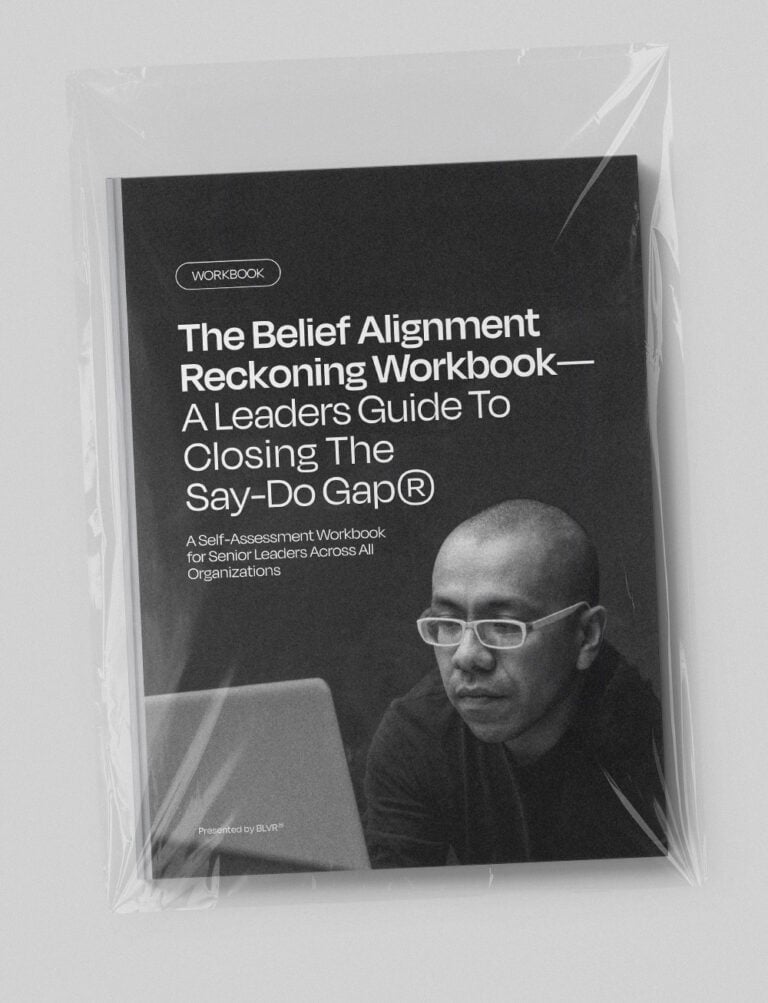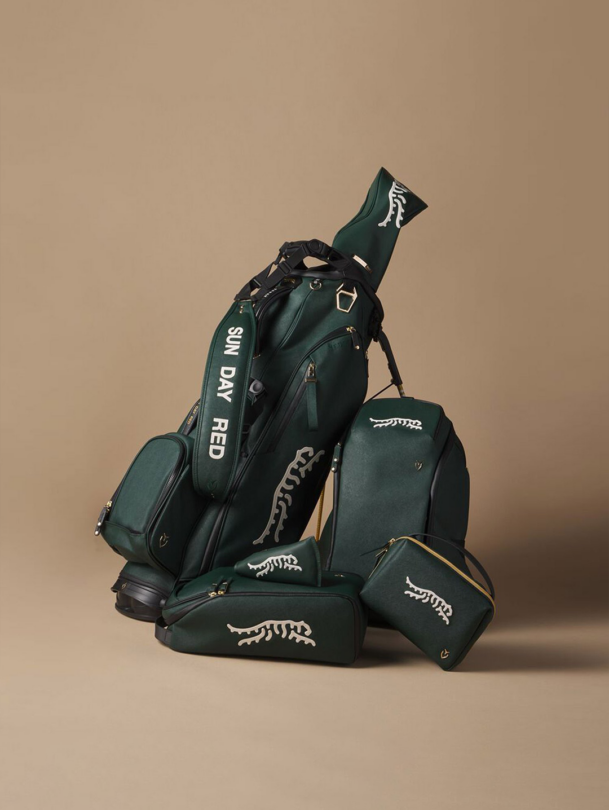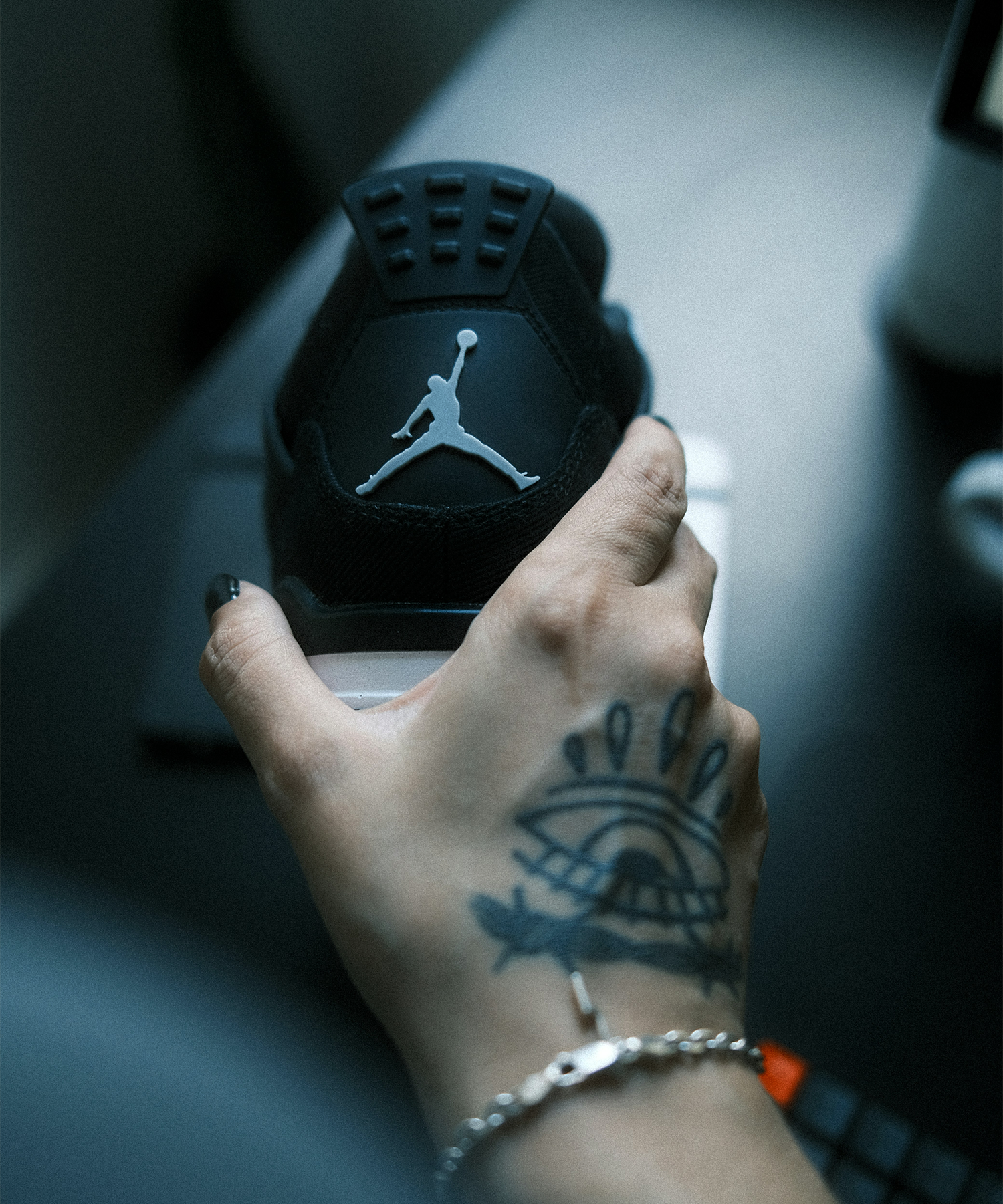
Lost Opportunities: Navigating the Consequences of Ineffectual Market Analysis
Published On 03.18.2022
Article
Having a useful market landscape can be a valuable framework and tool to reach a desired position in the market, but remember it is still just a framework.
Think of a time you’ve been sitting in a meeting with an agency, or a marketing department. Among the typical discussions of competition and differentiators that sometimes lulls you gently to sleep, you may have noticed something that looks like: a graph of your logo along with your competitors’ logos. They seem related to each other in some way or another, but you’re not quite sure how. There are some names on the axis, such as high vs. low price or high quality vs. low quality. More often than not, you probably acknowledge that yes those are your competitors, and yes, your company should be different, but then you forget all about it. Those maps, known as market landscapes, perception maps, and probably known by some more names, are just one in a bevy of frameworks advertisers or marketers use to help them figure out what is going on in their industry or category. It’s a useful exercise to explore why they aren’t always effective and how they can become more effective for us all.
WHAT IS A MARKET LANDSCAPE?
A market landscape is a visual representation of factors that influence a brand’s perception among a competitive set. It is a visual framework meant to capture quite a bit of information gathered via research and display it in a simple and useful way.
WHAT’S THE PROBLEM?
The thing is, there are many, many ways to map a market. There are many lenses through which to view the brands in the market. There are many impressions that add up to equal a brand, and trying to decipher what two factors are most important to display on the graph is a difficult exercise. The vast iterations of market landscapes make this tool tough to execute in a way that is useful to your brands. Often these maps give rise to more questions than answers. This piece attempts to set some sort of constrictions and define some loose methodologies we use to make these maps more effective, more accurate, and more consistent. In many market maps out there, ideas are shot from the hip, sprayed into the world, wild-west style. That approach to using frameworks makes it tough to narrow things down into a tool that can be repeatable enough to become a reliable tool in a strategic toolbox. What you need is a useful and well-thought tool to move your brand forward, not something thrown together without a method to the madness.
THE SOLUTION
Understanding Use Cases A helpful place to start is by defining the uses of a market landscape in its final form. As clients or stakeholders in a brand or marketing initiative, you are not always privy to the entirety of the research process. When digesting a presentation from inside your organization or an external agency, what you really want is the high points, the big picture, the context that can help you make the right decisions for your organization. Us marketers and brand-builders like to employ a market landscape because it is an excellent framework when used correctly. They are easy to digest and understand without requiring too much effort. The market landscape can help answer the question “where are we?” It often distills a research process into a visual context from which strategy and creative inklings can emerge. These strategic and creative inklings are the very early stages of formulating responses to the question of “where could we be?” and “how can we get there?” Research phases usually result in an expansion of ideas and information. A market landscape tool is a very effective convergent tool, bringing disparate information, brands, and knowledge back together. This process of divergence and convergence, and therefore the market landscaping framework, is a catalyst for grand strategy (a phrase borrowed from Stephen King), the type of strategy that is visionary and useful to the world.
Bringing In Process To Aid Understanding: Oftentimes, poisitive outcomes are a result of strong models and processes. Since we know that the outcome we are looking for is a framework useful to the brand-building process or another marketing initiative, understanding the process that eventually results in the slide(s) you see in the meeting will hopefully prompt better and more helpful discussions.
At BLVR®, as we faced the challenge of confronting all the possibilities that exist within a market landscape, we settled on a process that contains these steps.
- Bring Together
- Define
- Place
- Find Space
Just a note, some of this language has been tweaked so that this can be read and digested easier. But, it is important to know that this process was built through the lens of our organization’s approach to brand building, and others’ processes of market landscaping should nest comfortably within their existing approach. This process outlined in more detail below is meant to serve as thought-starting inspiration to prompt understanding.
01. Bring Together
The first step of this process harkens back to earlier comments on convergent vs. divergent thinking. In an ideal research process, ideas are spinning and coming left and right. We’ll be sorting through a variety of factors that may not seem connected at first exposure. The bring-together step is all about convergent thinking, or synthesis. Reflecting on the research process, the factors at work in the market. We are trying to bucket, connect and weave together factors in a coherent way, in the bring together stage. Sometimes this is obvious, sometimes it is not, but getting a grasp of how the market factors are working in a system is an important step in making the map useful to our clients.
02. Define
After we have been able to bucket and come to an understanding of what important relationships and factors are at play, it’s time to define the axes of the market. This may be the single hardest part of the process, and the part that leads to the most disagreement among different stakeholders. Remember, this isn’t an end-all-be-all, but taking some time here to explore some different, less obvious combinations of factors will make the resulting landscape more useful, and more easily defendable if necessary.
Here are some thought starters we use for potential axes territories (note these are from the perspective of brand development and creative agency): 1. How do brands in the space talk about themselves? 2. How do brands in the space behave? 3. What do brands in the space value? 4. If brands were people, what activities would they enjoy?
03. Place
Maybe the most obvious step is to place the players in the competitive set in their space. This step, once again, is not about perfection. The most useful maps are more directional than anything because they extend from an understanding that markets are moving and the players are consistently trying to maneuver around. So we try to get things right, but with an understanding that it doesn’t have to be perfect.
04. Space
Space refers to whitespace. This is taking the framework in with an analytical eye, to identify an area that makes sense for the brand that is differentiated from a competitive set. Sometimes there will be a huge wide-open territory that the brand is well-suited to move into, sometimes you have to recognize that the whitespace is more nuanced, and while it may look closer to some players on the map, the true whitespace comes via effective execution.
More Useful = More Effective:
Hopefully, a debrief of this process led to some more understanding of how a productive market landscape tends to come to life. Having a useful market landscape can be a valuable framework and tool to reach a desired position in the market, but remember it is still just a framework. Frameworks are helpful until they are not. Don’t let this sometimes sticky process weigh you down, use this tool as one of many, as a part of a whole. The important thing is that your brands have life, nuance, and space to live and breathe. The most effective market landscape is the most useful one.
IS YOUR BRAND BUILT ON CONVICTION OR CONVENIENCE?
Most brands talk about purpose.
Few are willing to pay the price for it.
This 45-minute assessment will reveal the hidden contradictions costing you customer trust, team alignment, and market authenticity. Discover where your beliefs and actions diverge—and get the practical framework to close the gap that’s holding your brand back.

About the Author
© BLVR
SD / CA




